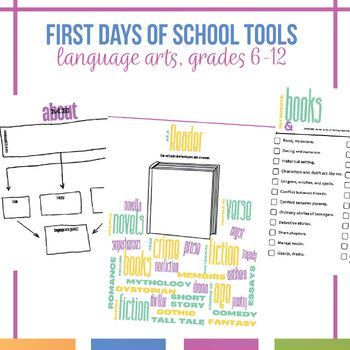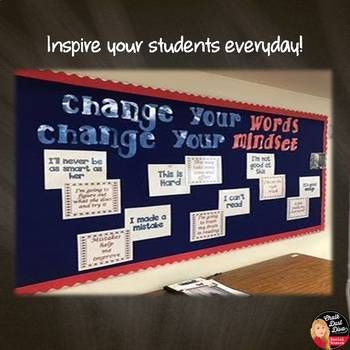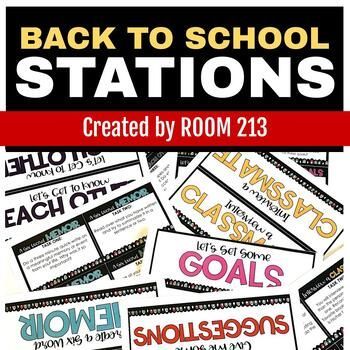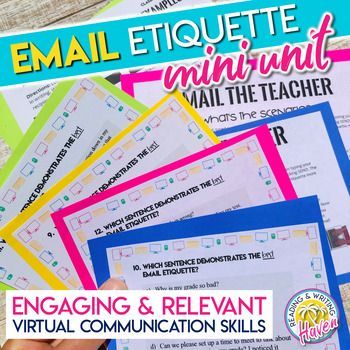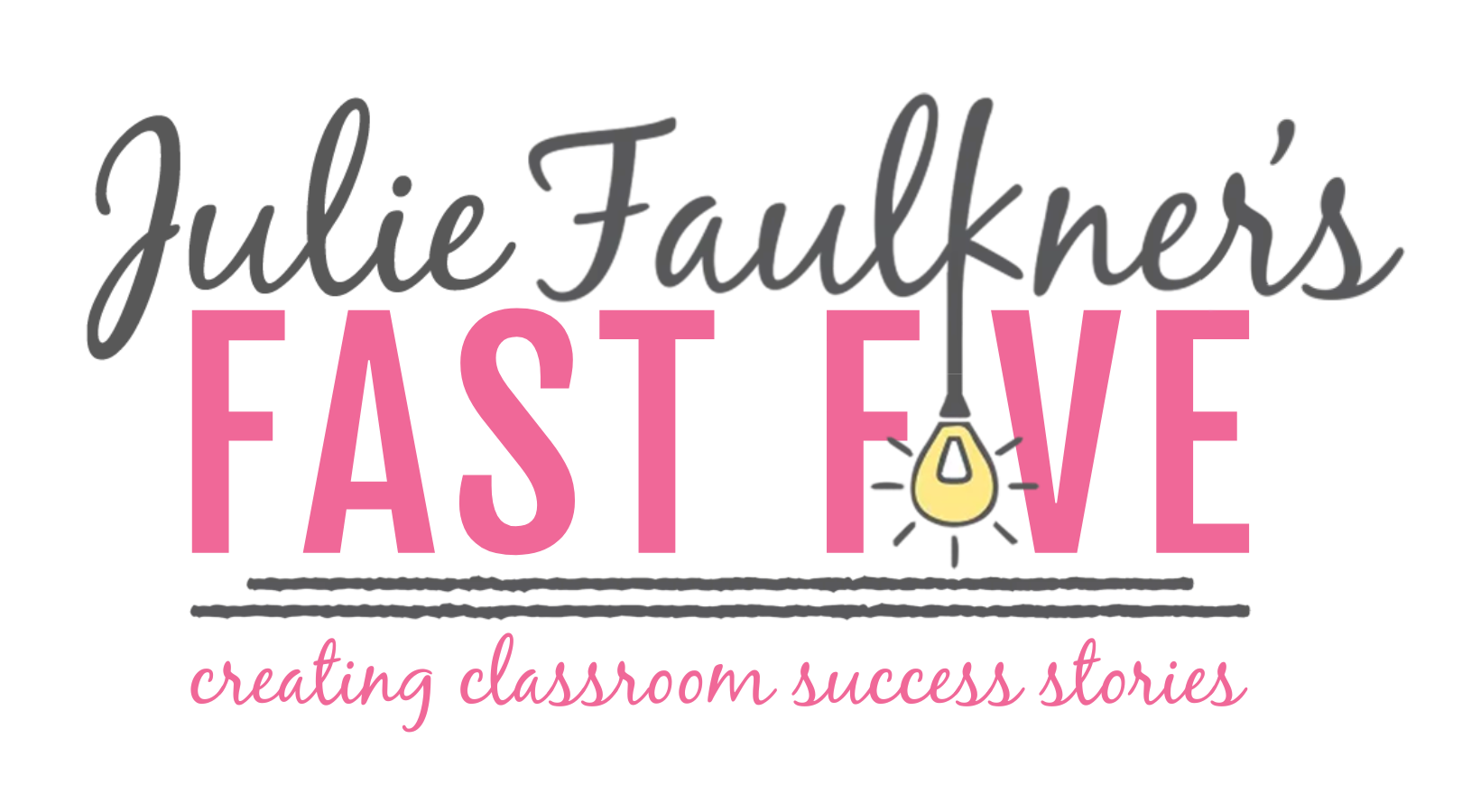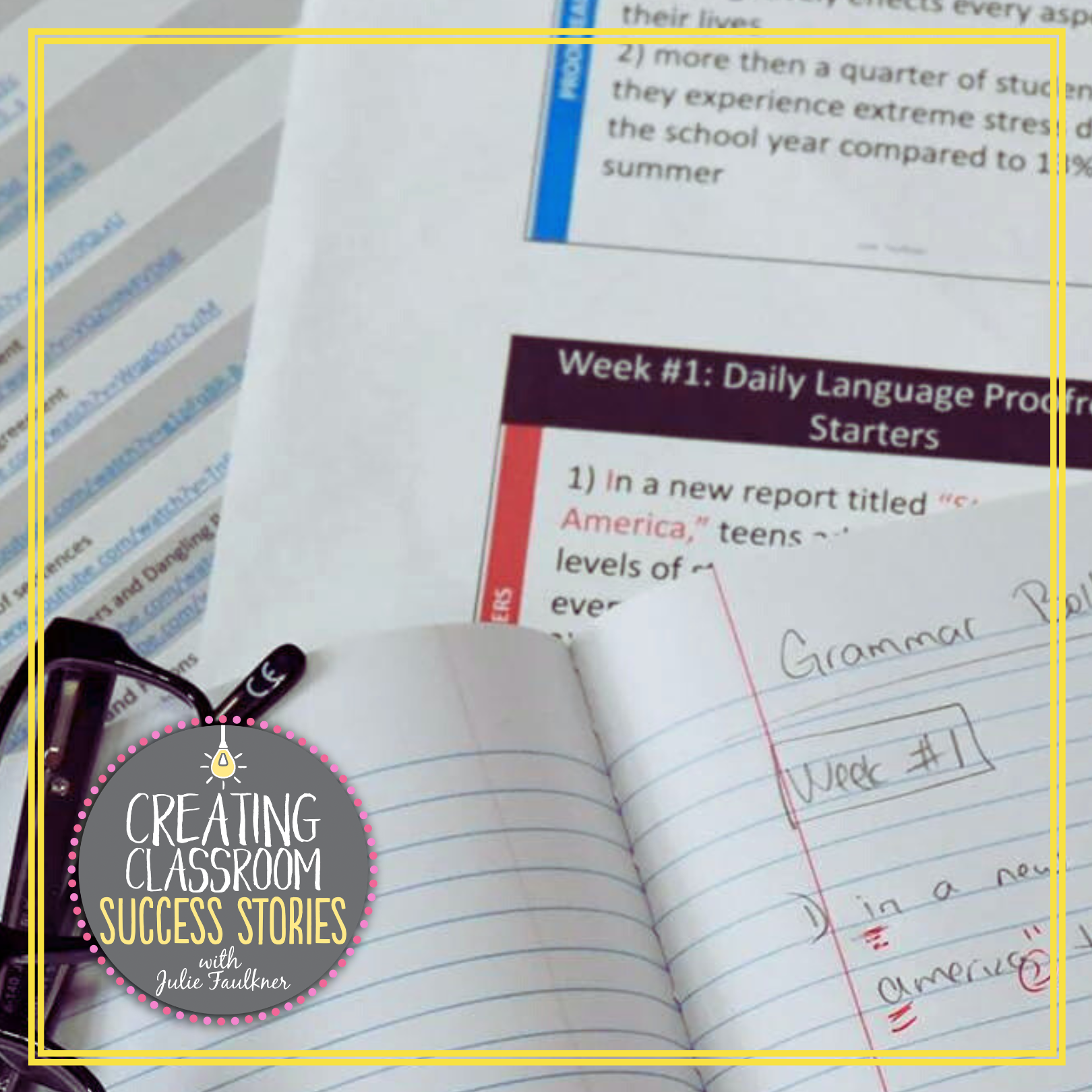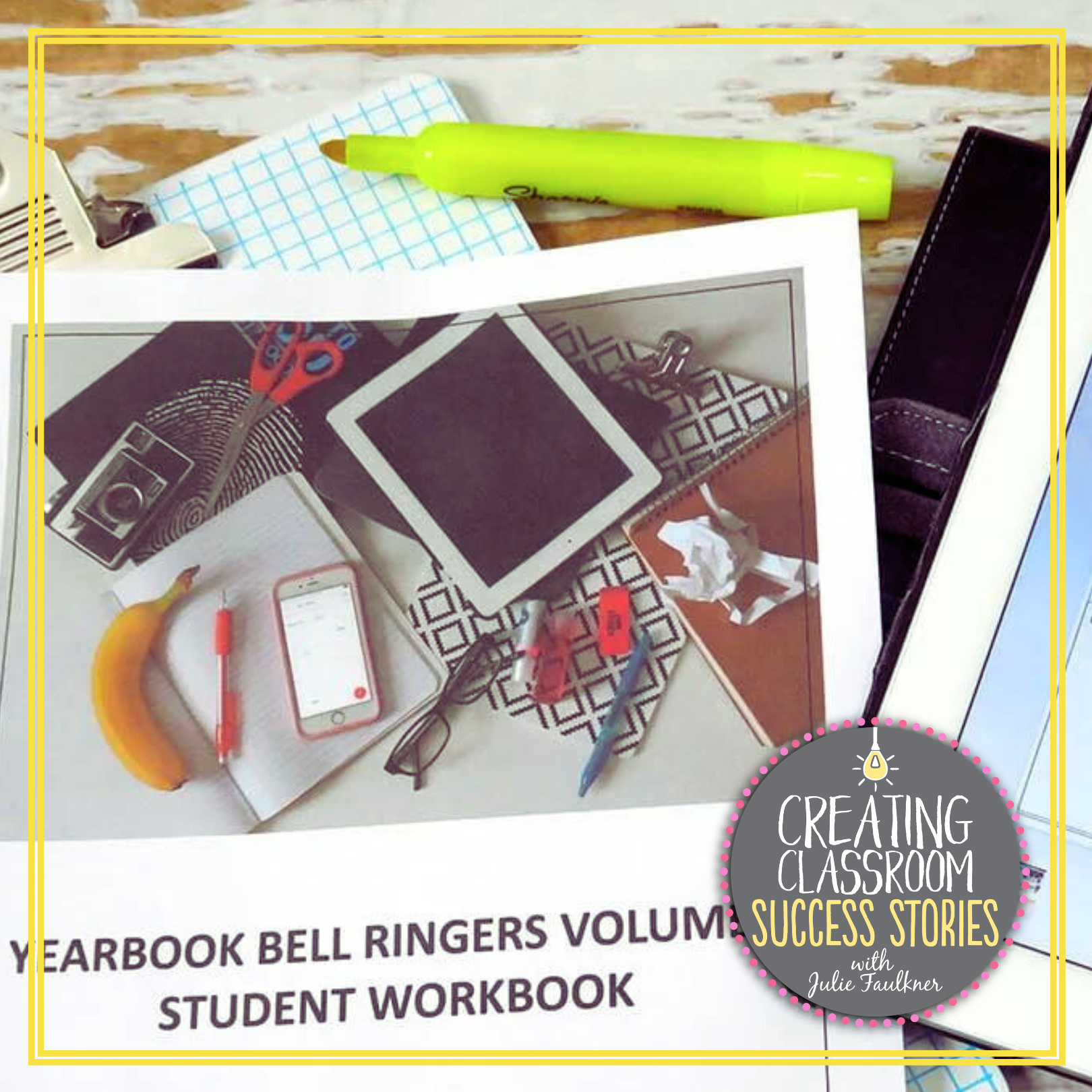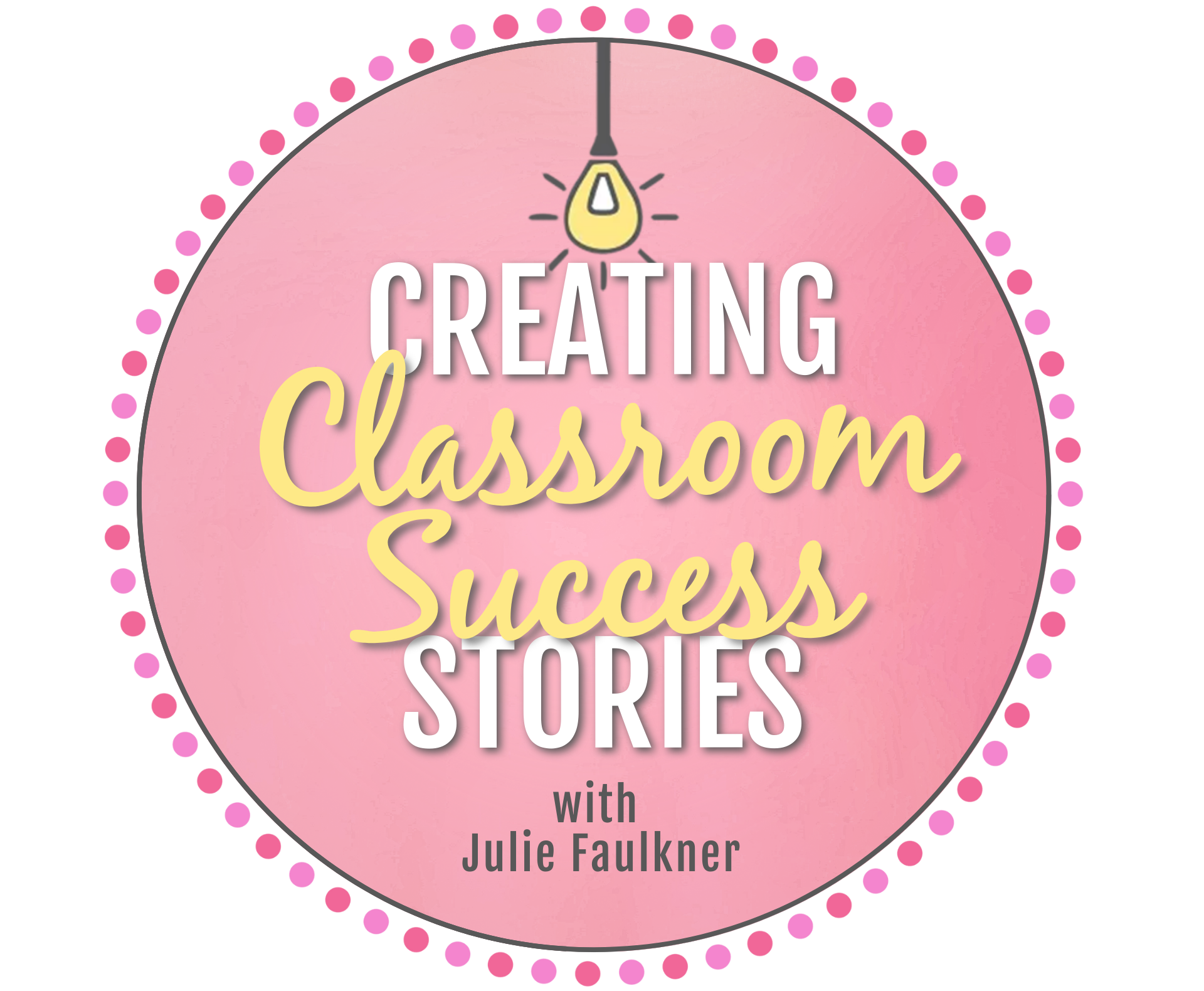Best Secondary Resources
for Back-To-School
Planning for back-to-school just got easier with this carefully curated list of ideas, tips, suggestions, and resources for your secondary classroom – in any subject!
1. Teacher Planning & Organization
Calendars, planners, notes, Oh My! The list goes on and on for what the teacher needs to get organized and feel ready-to-go for the first days of school. For me, that’s my planner and my high-level curriculum map. In the past it has been hard to find a planner perfectly suitable to the unique schedules of the secondary world, so I made some. And then I made some more! Now I have a fun line of different themes tailored specifically to the various schedules in a middle or high school – in traditional and digital formats.
Choose a planner that works for you, and get comfortable with it. I like a planner that is only for planning because it helps me keep focused. Watch a quick Facebook live video where I explain how I set mine up, and I also wrote a blog post explaining how to get the most out of your planner. Read that post here.
My friend Lauralee over at Language Arts Classroom wrote about her process for classroom organization over on her beautiful blog. You can read her ideas here. And her back-to-school pack of goodies will establish consistency in your secondary classroom from the first day of school with this organizational bundle. Included are an editable presentation covering routines, procedures, and expectations; hallway passes; a parent letter; Google Classroom Backgrounds, and syllabus. The design is clean and simple and made with older students in mind. So pretty!
2. Classroom Decor
Decorating and organizing my classroom is probably one of my favorite things to do to get me in the mood for back-to-school. I don’t always do a lot with decor each year, but I always try to bring in one or two things new. I’ll pause here to address the camp of people that say, “It’s not about the room. The kids just want to meet you, the teacher.” That’s true… to some degree. However, I think the room needs to be as clean and organized as possible to create a welcoming environment, but I think the aforementioned sentiment comes from the place where teachers go regarding overspending and unhealthy comparing. To read more on that topic, swing by this blog post: How my trip to Magnolia Market helped me prepare for back-to-school. With that said, I’d love to share some cute student-centered and student-created classroom decor supplies and ideas. If an activity can double as classroom door (AKA – the kids create it and I don’t have to), then that is perfect to me. For all my secondary math friends out there, take quick trip over to Math in the Middle’s blog and read her post on setting up your middle school math classroom. She has tons of practical ideas and pictures! Scaffolded Math and Science does just that for her middle school math classroom with her back-to-school math pennants. Some pennants ask students to fill in information about themselves (name, birthday, favorite color, favorite class), some have numbers of the Fibonacci Sequence within the Spiral, and others are more open-ended for coloring or adding what you’d like to see on the pennants. Super cute!
O Some Great Stuff for English Teachers has her students create “Share Your World” globes that reveal their true identities. Perfect classroom decor and icebreaker all in one! I typically have my freshmen do a Soundtrack of their Life, but I think I’ll add this activity in as well!
The growth mindset trend continues to grow, and I think that’s because it’s actually something that makes sense and works! Chalk Dust Diva has a no-prep set of posters she made for any subject at the secondary level that you could use a million different ways! Promoting growth mindset is also an excellent way establish a positive classroom climate, and Chalk Dust Diva has a creative presentation and reading lesson that will teach your student what it means to have a “growth mindset” and how the views and beliefs they have about themselves impacts the decisions they make and the lives they lead.
Sometimes just putting a few posters around the room will help spruce things up a little, too, and I love reminding students that how we treat each other is so important. Grab my free anti-bullying awareness posters here. They are super easy to print and go!
3. Housekeeping
We all have to satisfy requirements from admin, ensure communication with parents, track data, make sub plans, keep attendance, and more. Here are a few resources to help make all that easier.
Math by the Mountain keeps office hours, and she posts them for students and parents. This idea really helps students respect boundaries and take ownership. Elly Thorsen fixed up a parent and student survey in English and Spanish, which I think is awesome to already have that done! It provides information about how to contact family members, the strengths and areas of need of the student, and other helpful information to know as a teacher.
Unfortunately, a major issue we have to plan for is absenteeism. Free to Discover created a cute set of absentee slips to help students stay organized if they have been out. They are free; grab them here. I also write weekly assignments on the board each week and post the list on the Google Classroom stream. Having a method for tracking data is another item on our back-to-school list, and I like to set up a way for that to be student-centered. Take a quick look at a blog post I wrote about how I track data. It’s super simple, and best of all — it’s authentic and collected by students! Read that post here. Grab my data pack here… or get it in a money-saving bundle of other great back-to-school goodies for any subject at the secondary level here.
Sub plans are another item on my back-to-school to-do list as well. I usually grab the matching Sub Plans label (from the planners I make) and fix up a new 3-ring binder with the daily schedule, class rosters, seating charts, and school emergency plan. Then, I’ll add a few emergency lessons in another section just in case of an unexpected absence. In my high school English classroom, I typically use my Hot Topics Info Text lessons because they are no prep and have the substitute instructions sheet included.
4. Classroom Climate
From the moment students step foot in the classroom, they need to feel welcomed. Even though, we may not as secondary teachers do a hug or high five with each student who enters, we can set a positive and inviting tone. Icebreakers and team building games play a role in creating a welcoming environment for students. Teens love to talk, but they are pretty insecure when it comes to speaking up and out in class. These conversation starters from Pathway 2 Success are a flexible way to get kids chatting. The 170 task cards are the ideal mix of questions regarding self, home, friends, school, family, and beliefs. They would be awesome to help students share information, open up, and begin to form positive relationships.
Escape games are still really hot right now, and I know my kids would love to participate in one as an icebreaker on the first day of school. Presto Plans won’t let her middle school students zone out on the first days of school! Her back-to-school zombie escape game is highly engaging! It can be used in English class as it incorporates some ELA skills but can also work for any other subject.
Lit with Lynns created one that will work with any class. Her game includes a crossword puzzle, a completely EDITABLE syllabus accompanied by a syllabus scavenger hunt, and a get to know other students' activity. I love that it’s a quick 3-puzzle game, so it doesn’t take up too much time, but lets kids have a little fun! Barraug Books and Curriculum goes old school for her back-to-school team building game: Cup Towers. While students are racing against the clock to build the tallest cup tower, you are evaluating their strengths and interpersonal skills. It’s a win-win!
Since I’m not a science teacher, it didn’t even occur to me that part of setting up a classroom climate should include safety measures until I saw this science lab for teaching science lab safety from Strawberry Shake! This resource contains everything you need to get your students started safely in your lab or science classroom, and I think your middle school science kids would love it.
Andrea from Right Down the Middle has a cool idea for incentives, which an excellent tool for positive classroom management. Students are able to earn reward incentives through their kind deeds, actions, and performance in class, then they cash them in at various times during the year.
Bell ringers are probably the #1 activity teachers need in their toolbox to set the stage for class right from the beginning of the year. Part of classroom climate, to me, is structure and order. Bell ringers say to students: We are going to be serious about work and have purpose in this class. Content-specific bell ringers are meaningful for your subject matter, and they teach students to get busy and orderly right from the start of class. Spanish teachers can also set things up for each day of school with Angie Torre’s Spanish Bell Ringers. They are packed full of tasks to challenge your high school students. I love use to grammar bell ringers with my high school English classes. Ten minutes each day covers a lot of ground in grammar, and my students are working from bell to bell.
Last but not least, are the classroom rules… but going over classroom rules doesn’t have to be boring! I created these fun emoji puppets that I use every year with my high school students on the first day of school.
If setting up station rotations is more your idea of fun for addressing classroom rules and procedures, check out of a few of these ideas: With Tween Spirit’s back to school stations, students search the syllabus, take selfies, and more. Room 213 sets up stations, too, and she has students setting goals, meeting classmates, and learning rules.
5. Activities & Lessons
A teacher can never have too many back-to-school activities, in my opinion. It’s like a girl with her shoes – something to match each outfit and/or situation. If you are like me, once you do a few icebreakers and go over classroom rules, you are ready to get to work. A good place to start is with review.
Real Lessons for the Teenage Mind has a bundle of review activities for English skills that would be perfect for your middle school students because they combine authenticity, movement, competition, and collaboration to make sure your students stay engaged and build a positive classroom culture in the first week. I like to use my 100 Words Every High School English Student Should Know list as a pre-test to see where students are with their Tier 3 Vocabulary. Science teachers can review key terms and even lab safety with The Lab’s Back to School Science Color by Number Activity Bundle.
If you teach middle or high school Spanish, you are going to love The Stress-Free Spanish Teacher’s Spanish Llama Mystery Pictures. We all have that crazy picture day right at the beginning of school, and these are so clever. I laughed out loud when I saw them!
Once the first few days are over, then what? Start looking at long-term units and units that build on each other through the year. OCBeach Teacher has her students working on writing prompts that encourage students to think critically about situations requiring problem solving. Teacher at any high school subject who want to get in more reading and writing this year could take a look at my no prep Article of the Week Resource. Reading pedagogy suggests that students are most successful with a text when they revisit it more than once with a different and meaningful purpose each time. The “article of the week” approach does that. Get ready for standardized reading assessments and improve your students’ reading and comprehension skills a little at a time week over week!
I also love this email etiquette mini unit from Reading and Writing Haven. She said, “You might be surprised to learn that 91% of people check their email daily. It’s a real-life skill. Email is the #1 app used on a smart phone. In short, email matters. We need to teach students how to represent themselves well when communicating in this genre.” Melissa is passionate about helping teachers help kids gain the skills they need to function in the real-world, and this mini unit is the perfect way to set kids up for success during those first days of the year.
Luke Rosa from Students of History says, “As all teachers know, it is [going to be] a long school year. Over the course of [the next] 180 school days, there are bound to be point where both you as a teacher, and the students, are burned out, bored, or just otherwise not excited about the curriculum.” Bookmark his blog post, “6 Awesome Insta-Worthy Classroom Activities.” I plan to visit it throughout the year to give myself a little boost when the activity idea bank starts running low.
Here’s to a great school year. Please feel free to link up in the comments what you use and do successfully for back-to-school!
Love this content?
Sign up for my email newsletter with more tips, ideas, success stories, and freebies!











